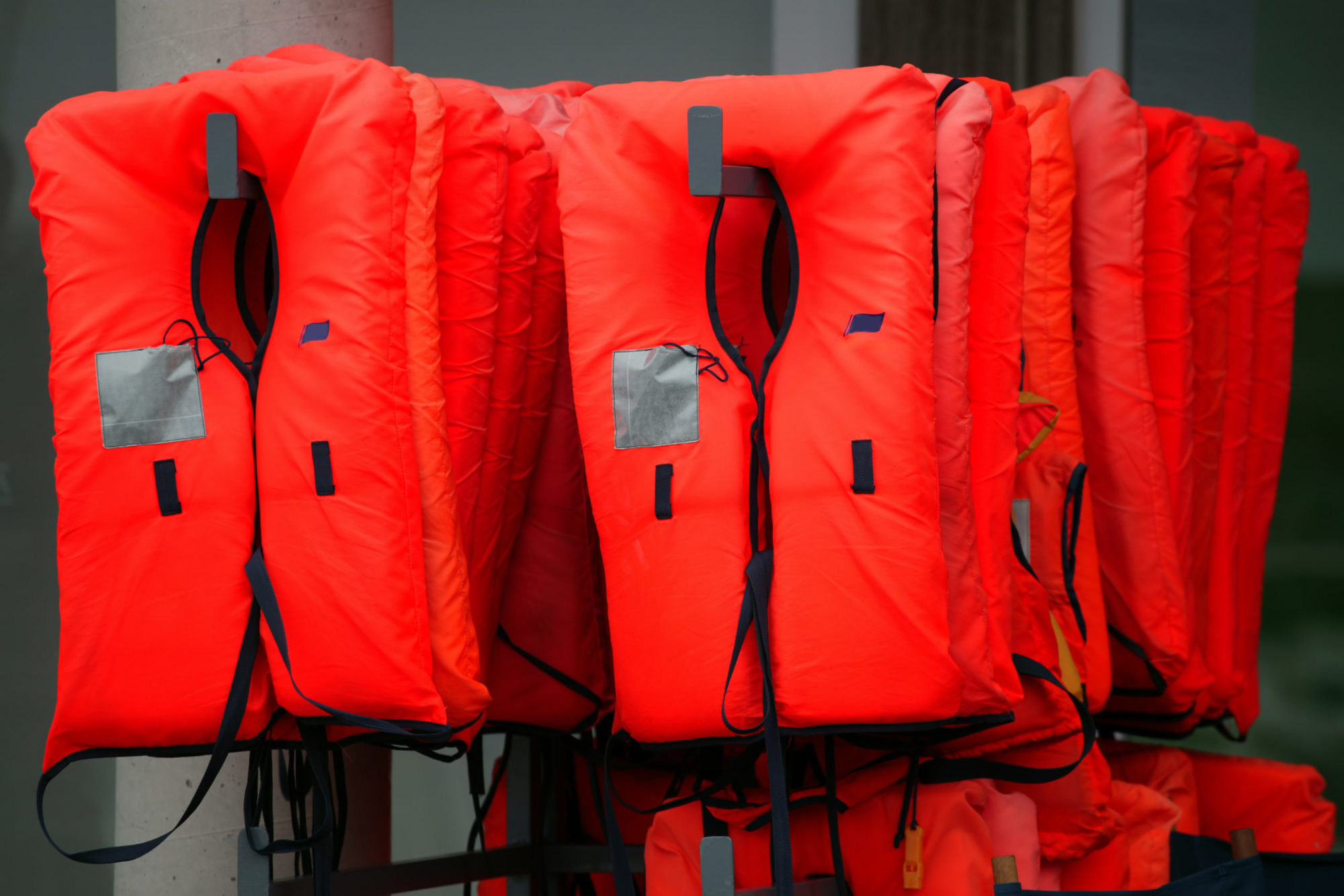Boating is a popular activity all year round, but it comes with increased risks during the winter months. The cold weather and unpredictable water conditions make it imperative to prioritize safety, especially when it comes to wearing life jackets. In this blog post, we’ll explore why wearing a life jacket is particularly crucial during winter storms and provide tips to ensure a safe and enjoyable boating experience.
Understanding the Risks
Winter storms bring a unique set of challenges for boaters. The combination of cold water, strong winds, and rough seas can turn a normal boating excursion into a dangerous situation quickly. Hypothermia is a significant risk if you fall overboard, as the cold water rapidly lowers body temperature. This condition can be life-threatening, and it impairs your swimming ability and judgment, making it hard to get back to safety.
The Life-Saving Role of Life Jackets
In such scenarios, a life jacket is literally a lifesaver. It keeps you afloat without requiring much energy, allowing you to conserve body heat and energy. Even if you are a strong swimmer, the shock of cold water can cause involuntary gasping and disorientation, making swimming difficult. A life jacket also makes you more visible to rescuers in the stormy conditions.
Choosing the Right Life Jacket
When selecting a life jacket for winter boating, consider these factors:
- Fit and Comfort: Ensure your life jacket fits well. A snug fit is crucial, but it should also allow for layers of warm clothing underneath.
- Buoyancy: Look for a life jacket with higher buoyancy to counter the rougher waters.
- Visibility: Choose jackets with bright colors and reflective materials for better visibility during storms.
- Thermal Protection: Some life jackets offer additional insulation, which can help maintain body temperature in cold waters.
Additional Safety Tips
- Check Weather Forecasts: Always check the weather forecast before heading out. Avoid boating during storm warnings.
- Inform Someone: Let someone know your boating plan, including your route and expected return time.
- Carry Communication Devices: Have a waterproof VHF radio and a fully charged phone in a waterproof case.
- Dress Appropriately: Wear layers of warm, water-resistant clothing, and avoid cotton as it loses insulation when wet.
- Carry Safety Gear: Have flares, a whistle, a flashlight, and a first aid kit on board.
- Stay Sober: Avoid alcohol, as it impairs judgment and accelerates hypothermia.
Conclusion
Boating during winter requires extra precautions, with wearing a life jacket being the most crucial. No matter your skill level or familiarity with the waters, a life jacket is an essential safety tool that should never be overlooked. By being prepared and prioritizing safety, you can enjoy the beauty of winter boating while staying safe.
Remember, safety on the water is not just a personal responsibility; it’s a collective effort. Share these tips with fellow boaters and encourage a culture of safety in your boating community. Stay safe and enjoy the water!
Site created by Steve Stedman of Stedman Solutions, llc.